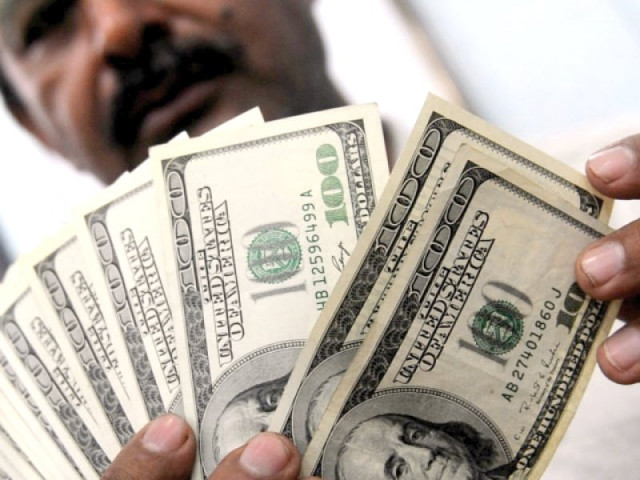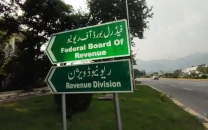Boon or bane?: Historical analysis of Pakistan’s foreign aid inflow
To achieve sovereignty, country needs to reduce its dependence on aid.

The amount and flow of aid was not determined by the economic needs of the people of Pakistan, but, rather, by the US’ geostrategic policies and priorities. PHOTO: FILE
Since independence aid inflow to Pakistan has a strong association with geo-political interest of donors. Each successive government in Pakistan relied on foreign aid to finance a significant proportion of investment and import requirement for self-sustaining economic growth. Pakistan’s dependence on foreign aid started in the 1950s. However, gross foreign aid inflows were negligible during the fifties but in the first half of the sixties witnessed a rapid increase.
The increase in aid inflow during the 1960s is connected with Pakistan’s signing of mutual defence assistance agreements with the US in the cold war era. Aid inflow of the 1980s can be visualised in perspective of the Afghan war. In the 1990s, economic assistance to Pakistan was cut off by the US and other multilateral donors when the Afghan war ended. Aid inflow to Pakistan was further dropped down after the nuclear tests in 1998 and the military takeover in 1999. Most recently, aid inflow is a result of closer Pak-US ties after 9/11.
However, recently when the US has decided to withdraw its troops from Afghanistan, at the same time its government has asked congress for a sharp reduction of economic and security aid to Pakistan for the year 2014. According to Congressional Research Service (CRS), the Obama administration has requested nearly US $1.2 billion economic and security aid to Pakistan for the financial year 2014.This represents a steep decline from total assistance of about $1.9 billion (excluding Coalition Support Fund) during the financial year 2012.
This pattern of aid flows from US clearly vindicates that geostrategic and political imperatives determine the direction and amount of foreign aid. We have a chequered history of aid flows from the US. The amount and flow of aid was not determined by the economic needs of the people of Pakistan, but, rather, by the US’ geostrategic policies and priorities.
Regardless of knowing all these facts, Pakistan governments’ inability to provide for security and prosperity of its own people has led to questions about its sovereignty - whether in terms of its monopoly of violence, fiscal solvency or human security. Despite receiving large quantities of foreign aid, Pakistan is still away from the stage of self-sustaining economic growth.
In this scenario Pakistan can certainly do better by following India’s example of self-sufficient economic growth. India has transformed itself from an aid-receiving to an aid granting state, while Pakistan must grovel at the table of the International Monetary Fund (IMF) and other multilateral and bilateral donors. Indeed, it is India’s financial success that has drawn global capital to its door step.
Today countries help Pakistan because they expect that doing so will advance their interests, not necessarily those of Pakistan and its citizenry. Pakistan will not free itself of manipulative outsiders unless it raises its own revenue from domestic resources, exerts control over its own territory, takes care of its citizens, and becomes a responsible partner in managing-rather than undermining- regional and international security. In other words it must, first, exert its sovereignty itself.
To do this we need to reduce our dependence on aid through embarking on policies of self-reliance. Aid should never be taken as a permanent solution for filling financial gaps as foreign assistance is not a long-term solution. Open-ended commitments only create perverse incentives and do not contribute to the growth and development of the recipient country. What we need is to put our house in order. Enhancement of the tax base, promotion of trade and foreign direct investment, and development of credit markets can turn out to be better and longer-term alternatives to aid and can go a long way in ensuring sustainable economic growth.
The writer is Researcher at Sustainable Development Policy Institute Islamabad
Published in The Express Tribune, May 19th, 2014.
Like Business on Facebook, follow @TribuneBiz on Twitter to stay informed and join in the conversation.


















COMMENTS
Comments are moderated and generally will be posted if they are on-topic and not abusive.
For more information, please see our Comments FAQ